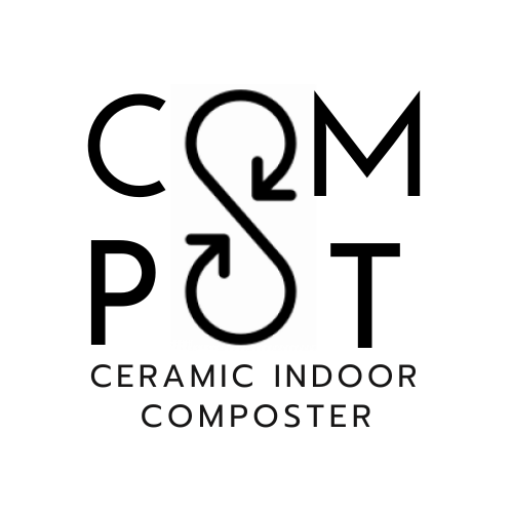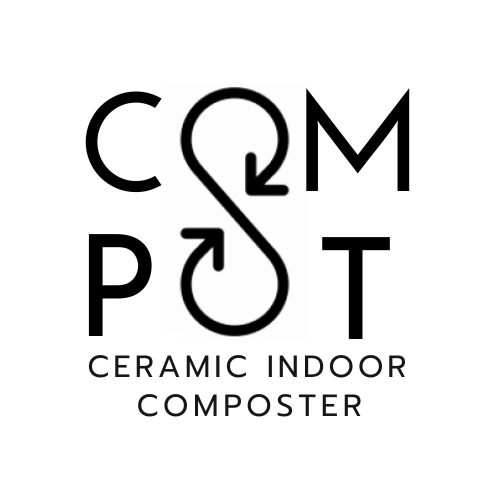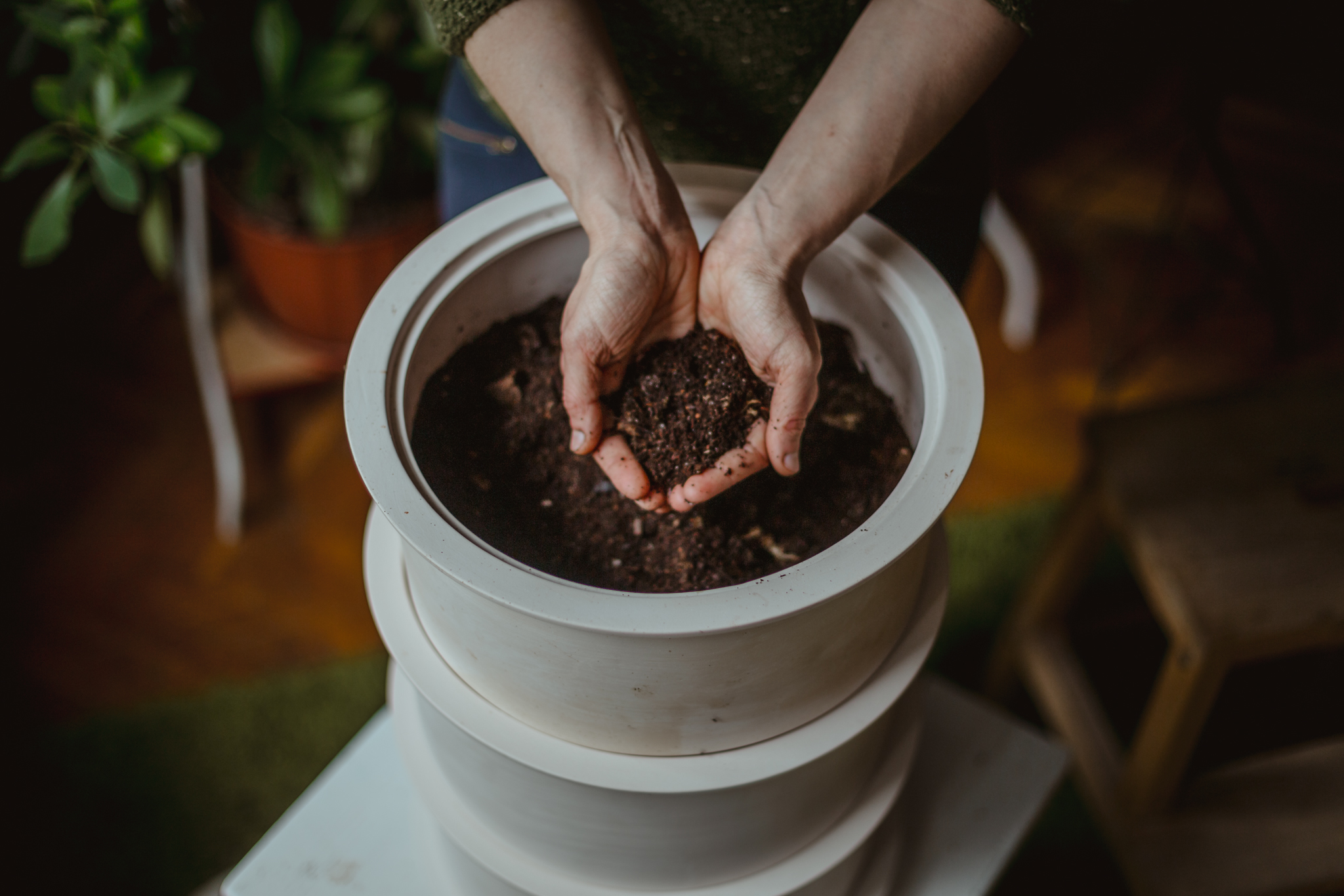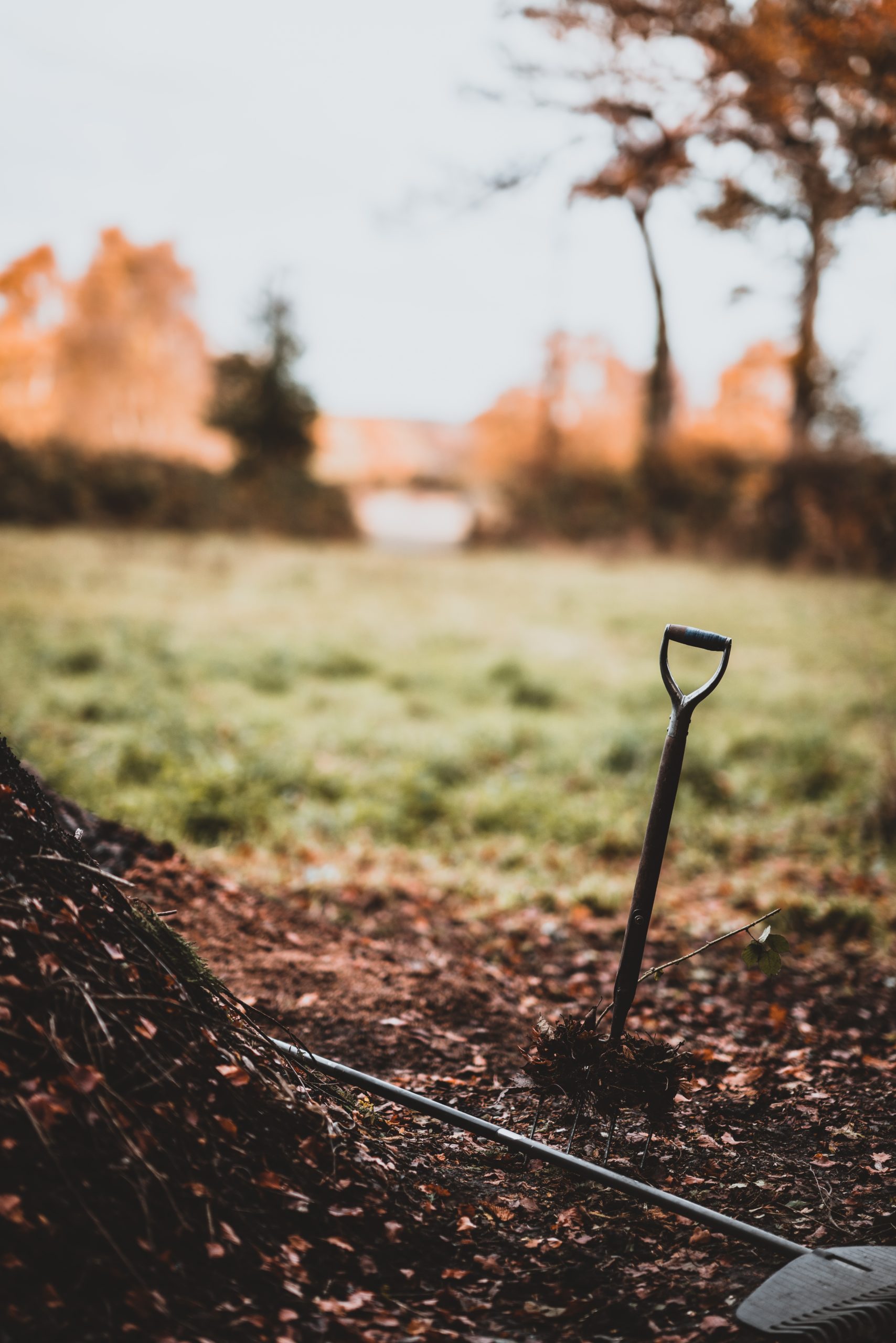F.A.Q.
Frequently asked questions
General questions
Some answers for frequently asked questions.
Yes! with 15 years of experinece in indoor composting our small team tried all the composting methods and our mission was to have the easiest natural composting method that needs just 10 minutes and your bio-waste every week.
We do like composting worms, but we understand that it is not for everyone and also not everyone has access to bury their fermented bokashi bio-waste in a garden.
In COMPOT there is no worms, no electricity and no garden needed. We provide you with everything for you first 6 months.
YES! COMPOT clay enables the oxigen to enter into COMPOT and in this way your bio-waste will be properly areted and there will be no smell.
Also in our activator mix there is a mineral mix from vulcanic stones that absorbes bad smells.
All green kitchen waste can be composted in COMPOT like e.g. used coffee, tea, vegetable and fruit feels, ends, leftovers, egshells, old potting soil – to give it another life!
It makes our indoor composter work. It is a mixture that allows you to maintain the optimal conditions for your compost in your indoor clay composter. Its main ingredients are high-carbon dry matter, which maintains the carbon / nitrogen balance, a clay mineral that helps with deodorization and moisture absorption, and a microbiological preparation that activates the compost, which speeds up the composting process with the help of the microorganisms it contains. It is a mixture to maintain optimal conditions for your compost in your indoor aerobic ceramic composter.
It’s key ingredients are: high dry matter – coconut coir- to maintain a carbon/nitrogen balance; mixture of volcanic rock powder to help deodorise and recharge mineral content; and dry beneficial micro-organisms to help break down your decomposing kitchen waste and speed up the composting process. The contents of this bag contain enough for filling with biowaste 1 Compot pot, which will make about 8 litres of mature compost and will be enough for 2 months. USAGE: At the time of each feeding biowasyte, also put at least one handful of compost activator on top of the biowaste to cover the decomposing waste. Water it to keep the materials dump to be composted in the pot as the forest floor is working.
Forest floor = Compost factory in your flat. Most people think the process of composting stinks, but that’s a misconception. Composting is decay, which happens continuously in the forest floor. During composting, organic matter is broken down into minerals by microorganisms and other living organisms in the presence of oxygen. Some of them are converted into humic substances. The end product of the process is the finished compost. COMPOT brings this natural process to your kitchen. Aerobic composting clay pot (e.g. COMPOT): Clay COMPOT pots are porous, so they breathe, cool and deodorize to provide optimal conditions for composting.
The finished compost is dark brown, crumbly, and parts of the starting waste are not recognizable in it. By sifting, we remove our finished compost from even larger pieces. It is good to use our compost as soon as possible, as it is a material full of microorganisms. If not used immediately, store in a dark bag, moist. We can also do a germination test with it if we are not sure if it is ready. test: sprinkle sporoutable seeds that are easily germinating on top of the compost, water and the seeds should germinate from our compost within 3-4 days.
L: 35cm | W: 35cm | H: 47cm
About composting
As much as 34% of mixed municipal waste is organic waste. About 60% of that is food waste. For example, in the EU, 54 million tonnes of food is wasted each year.
WHY IS SO MUCH FOOD WASTED? Almost 55% of food waste is generated by us, consumers, and comes from the households, which is really concerning.
Organic waste can be easily converted into ready compost. The best thing about it: odorless. Oxygen is generally lacking in the green kitchen garbage waste if it is in a plastic bag. This causes smelly bacteria to take over the decomposition process. These not only stink, but produce harmful greenhouse gases including methane gas, 25 times more potent than CO2.
In your home COMPOT composter, on the other hand, is breathing making an optimal oxigenrich environment for composting. The volume of your waste is drastically reduced; up to 70%. What’s left after decomposition is fine, crumbly ready compost – humus. The best fertilizer for your houseplants from your kitchen waste.
Produce your own soil. Avoid unnecessary transport and the destruction of valuable nutrients. Close natural cycles even in the city.
Forest floor = Compost factory. Most people think the process of composting stinks, but that’s a misconception. Composting is decay, which happens continuously in the forest floor. During composting, organic matter is broken down into minerals by microorganisms and other living organisms in the presence of oxygen. Some of them are converted into humic substances. The end product of the process is the finished compost. COMPOT brings this natural process to your kitchen.
The right conditions include the optimal ratio of temperature, humidity and carbon and nitrogen-rich organic waste. This will make your COMPOT odorless and functional.
Ideal temperature: 16-28 degrees Celsius. This is an indoor composting so a balcony / staircase is not the most ideal solution. due to the risk of freezing or being too hot. The ratio of organic plant waste / compost activator (and torn paper/old potting soil) should be 70% -30%. Humidity: 60-70% is ideal, which means so much moisture that it is wet to the touch, but no water flows from it, this is the feeling of the underground in the forest.
It works in an ideal environment by adding about 1-2 liters of decomposing waste per week. If you add more then you will need to use more compost activator and your pots will be full earlier.
80-96 liters of decomposing waste per year will be about 15-30 liters of finished compost because, based on the composting process, organic plant waste loses its volume while decomposing
Organic kitchen waste accounts for an average of 1/3 of household waste in the EU. After all, this is our biggest waste stream in our household. About half of this would be avoidable waste, so our primary way to treat organic waste is to reuse and PREVENT food waste (see ’What do I do with my too much decomposing waste?’) There are also different options in the city to manage your organic waste.
– If you have your own garden, garden composting is the best option.
– If you live in a flat that has a garden, community composting with your neighbors is a great solution.
– If you do not have a common composter yet in your block of flats, sometimes you can request a composter from the local municipalities, so it is worrt to ask around. But you can also build or buy it yourself. If you want to know more about community/neighbourhood composting, you can find lot of information for your city/municipality online.
– If you don’t have the opportunity to compost inside or in flat community, check to see if there is a community composting point in your area or a household where your compost will be housed. There are several community composting points in our town(Budapest), which you can find with a short walk and interest.
– Or, if not, you can undertake to set up a community composting point.
The www.sharewaste.com site helps you find the collection points closest to where you live: I also use and receive this from people in my neighborhood if there is space in my COMPOT composters and I distribute my extra mature compost.
– If you want to compost right in your kitchen without access to a garden or indoor composting is not an option, there are several indoor options to help you turn your organic waste into mature compost without and garden access.
Indoor composting solutions:
– Worm composting, vermicompost: This composting method uses composting worms (red wiggler or other species that can compost) that feed on organic matter and speed up the composting process. The bin can be made at home from plastic, wood or other materials, but you can also buy ready-made composting bin.
– Anaerobic, Bokashi Pre-Composter: This is a plastic container in which a precomposting process starts indoor with the aid of a bran inaculated with anaerobic microorganisms which pre-ferment organic matter in the container and then you have to dug away in soil your prefermented bokashi mass.
– Aerobic composting clay pot (e.g. COMPOT): Clay COMPOT pots are porous, so they breathe, cool and deodorize to provide optimal conditions for composting.
All green kitchen waste can be composted in COMPOT like e.g. used coffee, tea, vegetable and fruit feels, ends, leftovers, egshells, old potting soil – to give it another life!
It is recommended to PREcollect the decomposing waste on your kitchen counter in a container that can be closed with a lid for composting. It could be an old 1 liter box. The important thing is to keep it tightly closed and close to the cutting board in your kitchen, where most of your kitchen waste is generated. Sprinkle some activator in your precomposter if it smells bad.
We share more (organic)waste reduction tips on our socials and website. Research shows that we consume more and 1/3 of our foodwaste could be saved. The COMPOT container was also designed to draw attention to the problems foodwaste. If too much kitchen waste is suddenly produced after a large amount of cooking, it is recommended to freeze it above 5 liters and place it in the composter in liter portions later. You can even look for a community compost point or sharewaste point near you for your sud
den, large amount of decomposing kitchen waste. Believe me, we could save a lot more decomposing waste from our trash and our composters than you think.
Most of the food waste generated in households, 63%, is disposed of as municipal waste, which is the most unfavorable waste management solution for our environment.
We are facing a problem that would exceptionally require more attention than more money. ”Some ideas for saving food waste:https://stopfoodwaste.org/tips
About COMPOT composting
L: 35cm | W: 35cm | H: 47cm
Forest floor = Compost factory in your flat. Most people think the process of composting stinks, but that’s a misconception. Composting is decay, which happens continuously in the forest floor. During composting, organic matter is broken down into minerals by microorganisms and other living organisms in the presence of oxygen. Some of them are converted into humic substances. The end product of the process is the finished compost. COMPOT brings this natural process to your kitchen. Aerobic composting clay pot (e.g. COMPOT): Clay COMPOT pots are porous, so they breathe, cool and deodorize to provide optimal conditions for composting.
Yes! with 15 years of experinece in indoor composting our small team tried all the composting methods and our mission was to have the easiest natural composting method that needs just 10 minutes and your bio-waste every week.
We do like composting worms, but we understand that it is not for everyone and also not everyone has access to bury their fermented bokashi bio-waste in a garden.
In COMPOT there is no worms, no electricity and no garden needed. We provide you with everything for you first 6 months.
YES! COMPOT clay enables the oxigen to enter into COMPOT and in this way your bio-waste will be properly areted and there will be no smell.
Also in our activator mix there is a mineral mix from vulcanic stones that absorbes bad smells.
All green kitchen waste can be composted in COMPOT like e.g. used coffee, tea, vegetable and fruit feels, ends, leftovers, egshells, old potting soil – to give it another life!
It makes our indoor composter work. It is a mixture that allows you to maintain the optimal conditions for your compost in your indoor clay composter. Its main ingredients are high-carbon dry matter, which maintains the carbon / nitrogen balance, a clay mineral that helps with deodorization and moisture absorption, and a microbiological preparation that activates the compost, which speeds up the composting process with the help of the microorganisms it contains. It is a mixture to maintain optimal conditions for your compost in your indoor aerobic ceramic composter.
It’s key ingredients are: high dry matter – coconut coir- to maintain a carbon/nitrogen balance; mixture of volcanic rock powder to help deodorise and recharge mineral content; and dry beneficial micro-organisms to help break down your decomposing kitchen waste and speed up the composting process. The contents of this bag contain enough for filling with biowaste 1 Compot pot, which will make about 8 litres of mature compost and will be enough for 2 months. USAGE: At the time of each feeding biowasyte, also put at least one handful of compost activator on top of the biowaste to cover the decomposing waste. Water it to keep the materials dump to be composted in the pot as the forest floor is working.
The finished compost is dark brown, crumbly, and parts of the starting waste are not recognizable in it. By sifting, we remove our finished compost from even larger pieces. It is good to use our compost as soon as possible, as it is a material full of microorganisms. If not used immediately, store in a dark bag, moist. We can also do a germination test with it if we are not sure if it is ready. test: sprinkle sporoutable seeds that are easily germinating on top of the compost, water and the seeds should germinate from our compost within 3-4 days.
COMPOT compost harvest/How to use ready compost?
Forest floor = Compost factory. Most people think the process of composting stinks, but that’s a misconception. Composting is decay, which happens continuously in the forest floor. During composting, organic matter is broken down into minerals by microorganisms and other living organisms in the presence of oxygen. Some of them are converted into humic substances. The end product of the process is the finished compost. COMPOT brings this natural process to your kitchen.
The right conditions include the optimal ratio of temperature, humidity and carbon and nitrogen-rich organic waste. This will make your COMPOT odorless and functional.
Ideal temperature: 16-28 degrees Celsius. This is an indoor composting so a balcony / staircase is not the most ideal solution. due to the risk of freezing or being too hot. The ratio of organic plant waste / compost activator (and torn paper/old potting soil) should be 70% -30%. Humidity: 60-70% is ideal, which means so much moisture that it is wet to the touch, but no water flows from it, this is the feeling of the underground in the forest.
It works in an ideal environment by adding about 1-2 liters of decomposing waste per week. If you add more then you will need to use more compost activator and your pots will be full earlier.
80-96 liters of decomposing waste per year will be about 15-30 liters of finished compost because, based on the composting process, organic plant waste loses its volume while decomposing
The finished compost is dark brown, crumbly, and parts of the starting waste are not recognizable in it. By sifting, we remove our finished compost from even larger pieces. It is good to use our compost as soon as possible, as it is a material full of microorganisms. If not used immediately, store in a dark bag, moist. We can also do a germination test with it if we are not sure if it is ready. test: sprinkle sporoutable seeds that are easily germinating on top of the compost, water and the seeds should germinate from our compost within 3-4 days.
The finished compost is dark brown, crumbly, and parts of the starting waste are not recognizable in it. By sifting, we remove our finished compost from even larger pieces. It is good to use our compost as soon as possible, as it is a material full of microorganisms. If not used immediately, store in a dark bag, moist. We can also do a germination test with it if we are not sure if it is ready. test: sprinkle sporoutable seeds that are easily germinating on top of the compost, water and the seeds should germinate from our compost within 3-4 days.
Yes! with 15 years of experinece in indoor composting our small team tried all the composting methods and our mission was to have the easiest natural composting method that needs just 10 minutes and your bio-waste every week.
We do like composting worms, but we understand that it is not for everyone and also not everyone has access to bury their fermented bokashi bio-waste in a garden.
In COMPOT there is no worms, no electricity and no garden needed. We provide you with everything for you first 6 months.
It makes our indoor composter work. It is a mixture that allows you to maintain the optimal conditions for your compost in your indoor clay composter. Its main ingredients are high-carbon dry matter, which maintains the carbon / nitrogen balance, a clay mineral that helps with deodorization and moisture absorption, and a microbiological preparation that activates the compost, which speeds up the composting process with the help of the microorganisms it contains. It is a mixture to maintain optimal conditions for your compost in your indoor aerobic ceramic composter.
It’s key ingredients are: high dry matter – coconut coir- to maintain a carbon/nitrogen balance; mixture of volcanic rock powder to help deodorise and recharge mineral content; and dry beneficial micro-organisms to help break down your decomposing kitchen waste and speed up the composting process. The contents of this bag contain enough for filling with biowaste 1 Compot pot, which will make about 8 litres of mature compost and will be enough for 2 months. USAGE: At the time of each feeding biowasyte, also put at least one handful of compost activator on top of the biowaste to cover the decomposing waste. Water it to keep the materials dump to be composted in the pot as the forest floor is working.
YES! COMPOT clay enables the oxigen to enter into COMPOT and in this way your bio-waste will be properly areted and there will be no smell.
Also in our activator mix there is a mineral mix from vulcanic stones that absorbes bad smells.
All green kitchen waste can be composted in COMPOT like e.g. used coffee, tea, vegetable and fruit feels, ends, leftovers, egshells, old potting soil – to give it another life!
Forest floor = Compost factory in your flat. Most people think the process of composting stinks, but that’s a misconception. Composting is decay, which happens continuously in the forest floor. During composting, organic matter is broken down into minerals by microorganisms and other living organisms in the presence of oxygen. Some of them are converted into humic substances. The end product of the process is the finished compost. COMPOT brings this natural process to your kitchen. Aerobic composting clay pot (e.g. COMPOT): Clay COMPOT pots are porous, so they breathe, cool and deodorize to provide optimal conditions for composting.
Help!Tips, tricks
– Too much organic waste got into the container at once.
– The container is compacted / too wet.
– Potatoes, onions and cabbage got into the pot in large quantities
Just mix with a spoon your compacted compostable, cut the bigger pieces in smaller, add 2-3 handful of activator/or old potting soil in the pot. And check to have everywhere moist.
We poured too much water on it or added too much decomposing waste. COMPOT is made of clay so it breathes on the sides, which helps the excess moisture to evaporate. But if it is too wet, mix more compost activator in the bowl and aerate the compost by stirring. Wait a week and do not add decomposing waste.
– The dish is not in an ideal location (eg direct cookies in the sun).
– The top of the pan remained open.
Pour a glass of water to moist your composter, the excess will drain out at the bottom .Microorganisms that help break down do not work without the presence of water and oxygen.
All green kitchen waste can be composted in COMPOT like e.g. used coffee, tea, vegetable and fruit feels, ends, leftovers, egshells, old potting soil – to give it another life!
Citrus fruits are not recommended for composting because on the one hand they decompose much more slowly and on the other hand their peel is treated with a number of chemicals to get them to store shelves fresh. And some of them are carciongenic. You can put organic citrus fruits and banana peel in the COMPOT composter.
The finished compost is dark brown, crumbly, and parts of the starting waste are not recognizable in it. By sifting, we remove our finished compost from even larger pieces. It is good to use our compost as soon as possible, as it is a material full of microorganisms. If not used immediately, store in a dark bag, moist. We can also do a germination test with it if we are not sure if it is ready. test: sprinkle sporoutable seeds that are easily germinating on top of the compost, water and the seeds should germinate from our compost within 3-4 days.
It makes our indoor composter work. It is a mixture that allows you to maintain the optimal conditions for your compost in your indoor clay composter. Its main ingredients are high-carbon dry matter, which maintains the carbon / nitrogen balance, a clay mineral that helps with deodorization and moisture absorption, and a microbiological preparation that activates the compost, which speeds up the composting process with the help of the microorganisms it contains. It is a mixture to maintain optimal conditions for your compost in your indoor aerobic ceramic composter.
It’s key ingredients are: high dry matter – coconut coir- to maintain a carbon/nitrogen balance; mixture of volcanic rock powder to help deodorise and recharge mineral content; and dry beneficial micro-organisms to help break down your decomposing kitchen waste and speed up the composting process. The contents of this bag contain enough for filling with biowaste 1 Compot pot, which will make about 8 litres of mature compost and will be enough for 2 months. USAGE: At the time of each feeding biowasyte, also put at least one handful of compost activator on top of the biowaste to cover the decomposing waste. Water it to keep the materials dump to be composted in the pot as the forest floor is working.
Fruitflies and gnats are not popular guests in the kitchens, but they are not allways in our kitchen because of the composting process. They live on the peels of the fruits and hatch on them when fruit ripes, and they multiply easily. We can keep our composter muslica free by following a few rules.
Let’s not leave overripe fruits in our kitchen.
We always cover our pre-collection container and the COMPOT container as well.
Mix your fresh waste with the compost activator and cover it with hemp carpet or used paper waste.
If muslics do appear, we recommend using the Neem oil from the COMPOT package: we can alarm them with a mixture of 10 drops of neem and 1.5-2 dl of water. Also, neem oil changes the hormone balance of insects and so we can reduce their numbers..
The compost activator contains a large amount of bacterias, fungism protozoas and archaea that are useful in composting, which means that many invisible decomposing organisms “work” in our compost. In addition, you can see larger macroorganisms like potworms, springtails,roly-polies, fungi myceliums. It is good to use neem products in balancing good composting bacteria and retaining the numbers of other organisms.
Melia Azadirachta (Neem) oil Neem has been used in India since 2000 BC and is considered a sacred tree in ancient writings and is referred to as the “cure for all diseases”. A number of scientific publications have proven the effectiveness of neem oil against bacteria, parasites and insects. Neem wood is used in agriculture as a fertilizer, pesticide and insecticide. A fast-growing tree native to India, Pakistan and Burma. Neem oil is harmless to mammals and composting soil organisms and its substances only affect the hormonal system of flying insects, making it suitable for use against hundreds of pests. USAGE: Pour 5-10 drops into a pump bottle and dilute with lukewarm water and spary it into and around the composter.
There is nothing to do. Leave the COMPOT at home with the lid closed and mix in a larger amount of compost activator on top and sprinkle due to moisture levels. Microorganisms will continue to compost without us under optimal conditions and when you get home there will be more space in the composting bin and also you can havest your own compost:).
SHOP
-
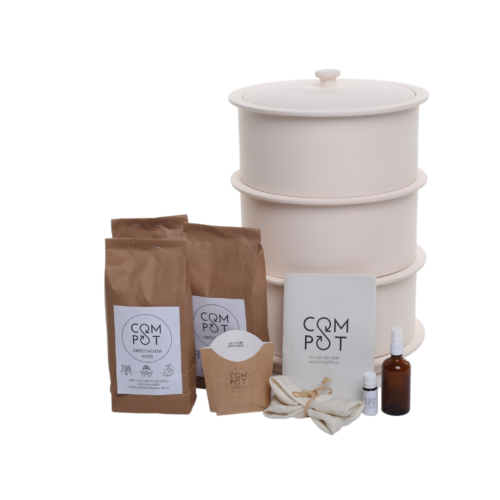
COMPOT composter starter pack
295 € (with VAT) -
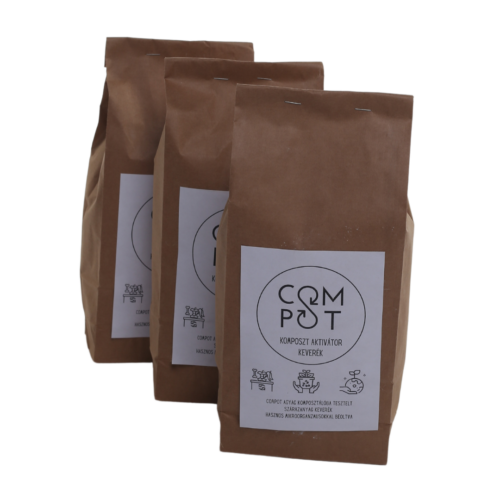
COMPOT compost activator mix (6 months)
24 € (with VAT) -
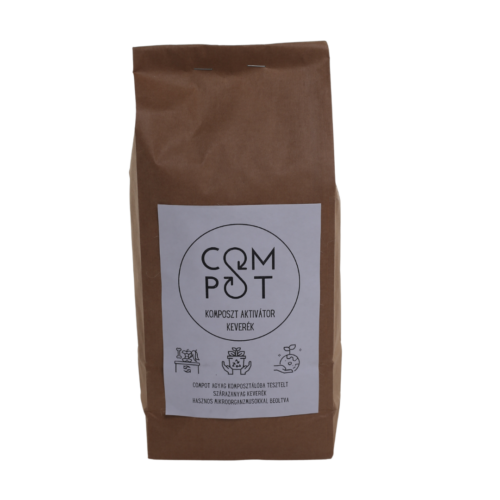
COMPOT compost activator mix (2 months)
12 € (with VAT)
